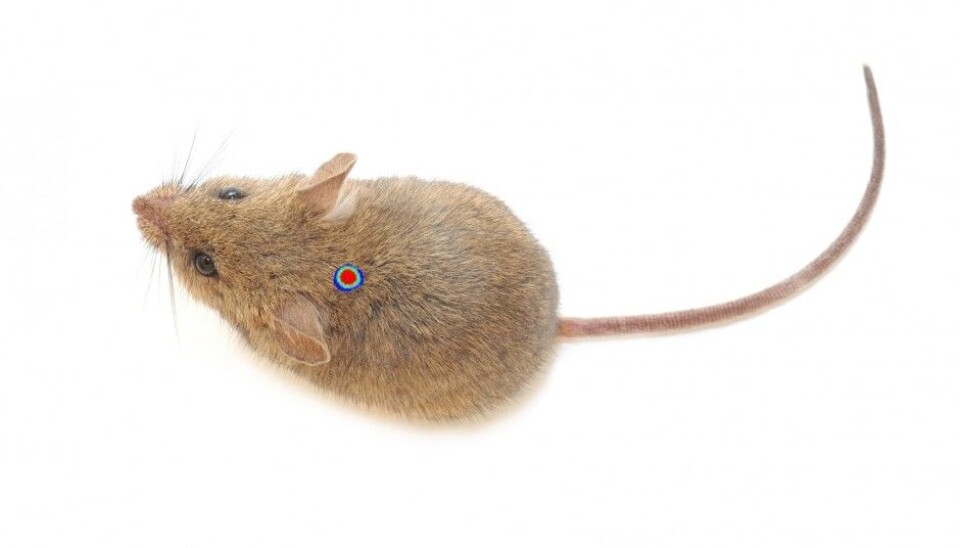An article from University of Oslo

Stem cells strengthen the heart
Transplanted stem cells make the hearts of mice more resistant to heart attacks.
Denne artikkelen er over ti år gammel og kan inneholde utdatert informasjon.
Does a treatment that will protect you if you have a heart attack sound like a fat bonus? This might be closer to the truth than you think.
Researchers at the University of Oslo have discovered that transplanting mouse stem cells from fatty tissue to the same mouse enables the heart to better withstand a heart attack.
Improved heart function after a heart attack
Many people associate stem cell research with the potential ability to repair damage and to heal disease. But stem cells can also exert a protective effect.
With this in mind researchers wanted to test the effect of the transplantation of adipose-derived stem cells on heart function.

The stem cells were transplanted into the neck of the mice. After some time the researchers induced a heart attack in the mice in a controlled environment, subsequently testing heart function after the heart attack. The same procedure was followed with a control group of ordinary mice.
The result was clear: the hearts of the transplanted mice showed improved function after the heart attack compared with the control group. The researchers measured different functions such as blood pressure, heart rate and pressure in the various chambers. In the transplanted mice the heart was stronger in several areas.
During a heart attack, parts of the heart muscle die due to lack of oxygen. The transplanted mice and the control mice also differed in this area. In the mice with a transplanted stem cell the dead portions of the heart muscle were much smaller than in the control group.
Transplantation following a heart attack
When the findings were to be published, peer reviews raised questions about the transfer value of the research to treating humans. It would not be expedient to transplant stem cells to all those in danger of having a heart attack.
But would it be possible to achieve the same results by transplanting stem cells after an induced heart attack?
The researchers started afresh with new trials, this time transplanting stem cells after having induced a heart attack. This showed that the mice that had received transplanted stem cells following a heart attack also experienced improved heart function to a certain degree. The amount of blood pumped out of the heart in the course of a minute was greater in the mice that had received transplanted stem cells.
These results may have direct relevance for a future treatment of heart attacks in humans.
Excretion of proteins
The research project is a collaboration between researchers in the field of cardiovascular diseases and researchers working on stem cells.
“We wanted to find out whether transplanting stem cells into mice might have a wider impact than simply being a transplanted stem cell,” says Jan Øivind Moskaug.
Moskaug is a professor of biochemistry at the Centre for Stem Cell Research at the Institute of Basic Medical Sciences. He collaborated on the project with Guro Valen, a recently deceased professor of physiology at the same institute.
“What we know about such transplanted stem cells is that they excrete proteins that are taken up in the circulatory system and can affect other parts of the body. For example, depending on their location they may help promote or reduce inflammation,” he explains.
In this case the proteins have helped to strengthen the heart.
The research results are not only relevant for the development of stem cell transplantation as a clinical principle. If the proteins that are excreted are identified, it will be possible to create drugs that have the same effect as the transplanted stem cell.
A treatment for the future
The method of transplantation used in the trial is called autologous transplantation. This means that stem cells are collected from an individual and transplanted back to the same individual. This method ensures that there is no risk of the body rejecting the transplanted cells as may be the case with cells transplanted from one individual to another.
“The method is already in use in several contexts in the field of medicine. In plastic surgery in particular it is common to suck out adipose cells from one part of the body and transplant them elsewhere in the body. The stem cells help to improve the ingrowth of blood vessels and to reduce inflammation,” says Moskaug.
“Today no one doubts that this form of therapy represents the future. Moreover, many people today have much more fat than they need,” he adds with a smile.
Excessive fat in humans often plays a part in triggering a heart attack. Perhaps in the future fat may also contribute to the treatment of a heart attack.

































